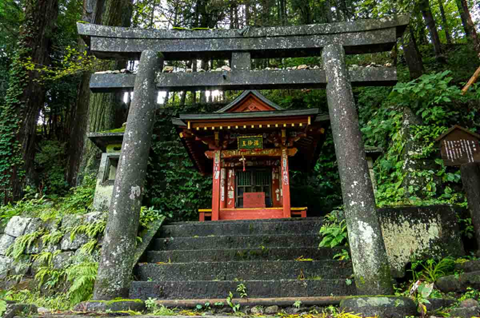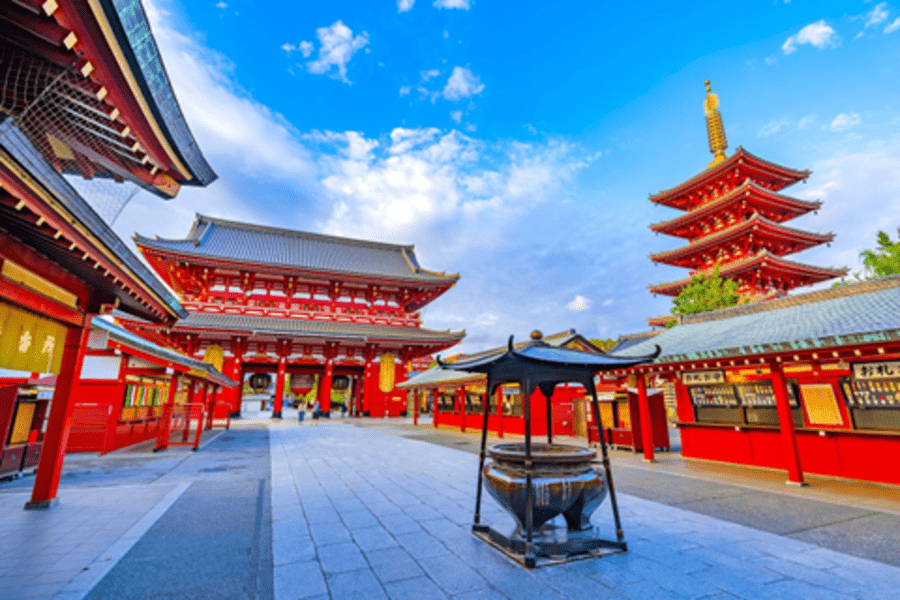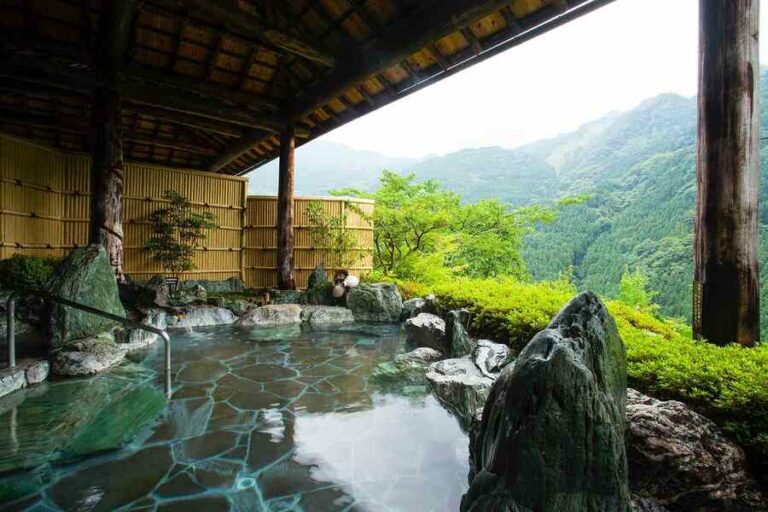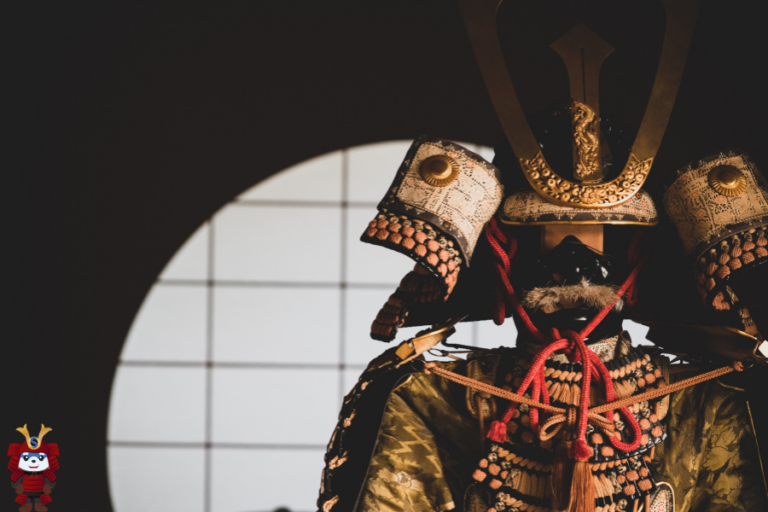Japan, a country where tradition seamlessly intertwines with modernity, is home to an abundance of Shinto shrines, each standing as a testament to the nation’s rich cultural and spiritual heritage. Japanese shrines, or “jinja,” are not merely architectural wonders; they are sacred spaces that invite visitors into a realm of tranquility, tradition, and deep spiritual connection. In this exploration, we delve into the wonder of Japanese shrines, uncovering the beauty, symbolism, and enduring allure that make them integral to the cultural fabric of Japan.
1. Shintoism: The Spiritual Foundation:
Description:
Shinto, the indigenous religion of Japan, venerates kami, sacred spirits believed to reside in natural elements, objects, and ancestors. Shrines serve as gateways to the divine, providing spaces for rituals, prayers, and communal gatherings that connect people to the spiritual essence of the world around them.
2. Architectural Elegance:
Description:
Japanese shrines showcase architectural elegance rooted in centuries-old traditions. Torii gates, often painted in vermilion red, mark the entrance to sacred grounds. Intricate wooden structures, including the main hall (honden) and worship halls (haiden), feature traditional architectural elements like irimoya-zukuri roofs and vermilion lacquer finishes, creating an atmosphere of profound reverence.
3. Sacred Spaces in Nature:
Description:
Many shrines are strategically located in serene natural settings, emphasizing harmony with the environment. From the iconic Fushimi Inari Taisha nestled amid thousands of torii gates to the tranquil Meiji Shrine surrounded by lush forests in the heart of Tokyo, the integration of nature enhances the spiritual experience for visitors.
4. Torii Gates: Portals to the Sacred:
Description:
The torii gate, a quintessential symbol of Shinto shrines, marks the transition from the secular to the sacred. Walking through a path lined with torii gates, such as the iconic path at Fushimi Inari Taisha, is a symbolic journey of purification and spiritual awakening.
5. Rituals and Ceremonies:
Description:
Shrines host various rituals and ceremonies throughout the year, providing an opportunity for locals and visitors to participate in traditional practices. From Hatsumode (New Year’s visits) to Shichi-Go-San (celebration of children’s growth), these events showcase the dynamic intersection of spirituality and daily life.
6. Emas and Omikuji:
Description:
Ema are small wooden plaques where visitors write their wishes or prayers, which are then hung at the shrine. Omikuji are paper fortunes that provide insights into one’s future. These charming customs allow individuals to engage directly with the spiritual energy of the shrine and seek guidance from the kami.
7. Seasonal Celebrations:
Description:
Shinto shrines are deeply tied to the changing seasons, hosting seasonal celebrations that align with nature’s rhythms. Cherry blossom festivals, lantern-lit summer nights, and autumn foliage illuminations create a dynamic tapestry of experiences, allowing visitors to witness the beauty of the shrines in different contexts.
8. Meiji Shrine: A Tokyo Oasis:
Description:
Meiji Shrine, nestled in the heart of Tokyo’s bustling Shibuya district, serves as a tranquil oasis amid the urban chaos. Surrounded by a lush forest, the shrine offers a respite from city life and stands as a testament to the harmonious coexistence of nature and spirituality.
Conclusion: A Spiritual Tapestry
Japanese shrines beckon visitors into a world where the sacred and the earthly converge, creating a spiritual tapestry woven with tradition, architecture, and the beauty of nature. Whether you seek solace in the quiet serenity of Meiji Shrine or embark on the vibrant torii-lined paths of Fushimi Inari Taisha, the wonder of Japanese shrines lies in their ability to transcend time and connect people to a deeper understanding of the spiritual essence that permeates the land. As you step through the torii gates and wander the moss-covered paths, may you find a moment of introspection, awe, and a profound connection to the mystique of Japan’s sacred sanctuaries.







